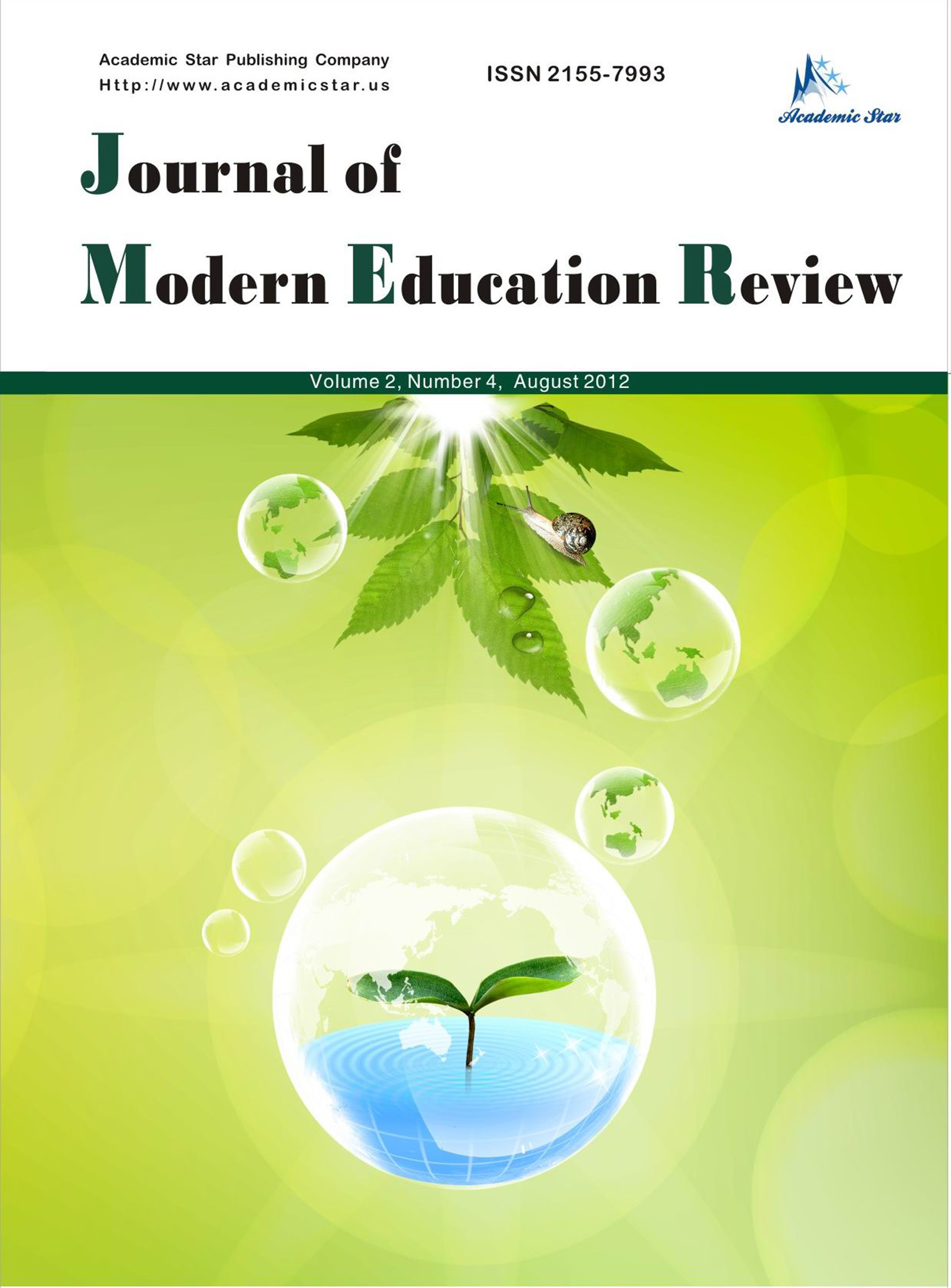Exploring the Implementation Path of Aesthetic Education in Primary and Secondary Schools in Ethnic Minority Areas — Take Xining City, Qinghai Province, China As an Example
Wang Baoqin
(Department of Chinese Language and Literature, Xinhua College, Guangzhou, China)
Abstract: 2015, the “Opinions on Comprehensively Strengthening and Improving School Art Education” were issued, proposing to comprehensively strengthen and improve school art education; In 2018, with the convening of the National Education Work Conference, the importance of aesthetic education was further established in the goal of cultivating socialist qualified successors and builders with comprehensive development of morality, intelligence, physical fitness, aesthetics, and labor skills; In 2020, a preliminary situation of mutual promotion of aesthetic education in primary and secondary schools and higher education was formed; In the same year, the “Opinions on Strengthening and Improving School Art Education in the New Era” were issued, and art education became an important component of the “Five Major Education” strategy. As a remote minority city in western China, Xining actively explores effective ways to implement aesthetic education in primary and secondary schools in ethnic development areas of China, taking into account the characteristics of the region, students, and aesthetic education, adapting to local conditions and the times, and facing new historical opportunities and challenges. This has profound significance. Translated in 2015, the “Opinions on Comprehensively Strengthening and Improving School Art Education Work” was issued, proposing to comprehensively strengthen and improve school art education work; In 2018, with the convening of the National Education Conference, the importance of aesthetic education was further established in the training objectives of socialist qualified successors and builders with comprehensive development of morality, intelligence, physical fitness, aesthetics, and labor skills; In 2020, a preliminary situation of mutual promotion of aesthetic education in primary, secondary, and tertiary education was formed; In the same year, the “Opinions on Strengthening and Improving the Art Education Work in Schools in the New Era” were issued, and art education became one of the key components of the “Five Education” strategy. As a remote ethnic minority city in western China, Xining actively explores effective paths for the implementation of aesthetic education in primary and secondary schools in ethnic development areas of China, taking into account the characteristics of the region, students, and aesthetic education, adapting to local conditions and times, and facing new historical opportunities and challenges, which has profound significance.
Key words: ethnic regions, primary and secondary schools, Aesthetic education, implementation path, explore
References
Wu Rongsheng, Jiang Shuilian, & Tang Jinbao (2021). “Construction and practice of aesthetic education resource sharing platform for applied universities”, Journal of Sanming University.
Gu Jiyun (2021). “The value and practice path of ‘educating people with aesthetics’: Based on the perspective of teachers’ aesthetic education literacy”, Teacher Education Research.
Zhang Li & Ruan Chengwu (2023). “Education concerns the good life of citizens: Aristotle’s ideological intention and enlightenment”, Studies in the History of Education.
Li Yaoming (2012). “China’s strategy for the leapfrog development of rural education”, China Education News.
Li Yaoming (2013). “China’s strategy for the leapfrog development of rural education”, Liaoning Education.
Shi Bingbing, Jing Yukun, & Hu Kanglin (2024). “The dialectical relationship and construction path of aesthetic education and personality shaping in colleges and universities in the new era”, Art Education Research.
Yin Hongmei (2021). “Analysis of the practice of ecological and aesthetic education in flower art teaching in colleges and universities: Based on the perspective of curriculum ideology and politics”, Journal of Jiangsu Vocational and Technical College of Economics and Trade.
Liu Chong (2020). “Out of the misunderstanding of school aesthetic education: On the implementation of the curriculum of school aesthetic education”, Contemporary Education Forum.
Wang Tianshi (2020). “Teaching exploration of wind music ensemble course for higher education teachers”, Music Life.
Xu Jianchun (2018). “The current situation and improvement measures of art education in rural schools in Lishui City”, Art Appraisal.
Zhou Yang (2021). “An analysis of the cultivation of students’ innovation ability in music aesthetic education”, University.
Zhang Jiao (2011). “Improving public financial support policies to promote the development of private education”, People’s Political Consultative Conference Daily.
Peng Gang, & Li Xia (2017). “Promoting shared development and fighting extreme poverty: Strategic thinking and countermeasures for China’s implementation of the 2030 agenda for sustainable development”, Teaching and Research.
Yuan Zhenguo (2012). “New achievements and new challenges of China’s education reform and development”, China Education News.
Li Hongyan (2023). “Exploring the integration path of school aesthetic education and various disciplines from the perspective of art education”, Heilongjiang Daily.
Li Xiaolu (2022). “On the challenges and thoughts of music teachers”, Drama Monthly.
Li Ling, & Xie Jiaxing (2021). “The enlightenment of the two interactions of China’s education policy formulation on the construction of the discourse system of Chinese music theory”, Chinese Musicology.
Huang Xinxia (2021). “Constructing an aesthetic education curriculum system in local colleges and universities guided by students’ interests: Deepening the reform of educational evaluation in the new era”, Chinese Literary and Artistic Artist.
Wang Qiusha, & Wang Zifei (n.d.). “Research on the value of ‘string song and dance’ from the perspective of core literacy”, Artwork.







